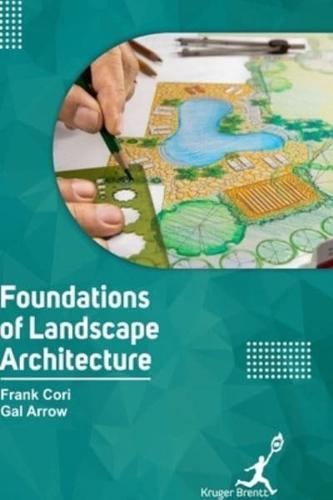Publisher's Synopsis
The book offers a comprehensive exploration of various aspects of landscape architecture. It covers a wide range of topics essential for understanding the field. The content emphasizes the integration of ecological principles, sustainable practices, and the well-being of users in landscape design. It addresses the impacts of improper land use on the natural environment and explores methods to promote eco-revelatory design, urban biodiversity, and watershed boundaries in landscape planning. The use of Analytic Hierarchy Process (AHP) as a multi-criteria decision-making method is discussed to aid designers in making informed choices. With a focus on creating landscapes for children's health and well-being, the book showcases the importance of child-friendly environments and their integration into urban contexts. This book is a primary resource for students studying landscape architecture at the undergraduate and graduate levels. It is also a valuable resource for Landscape Architects, Environmental Planners and Ecologists and Designers.










